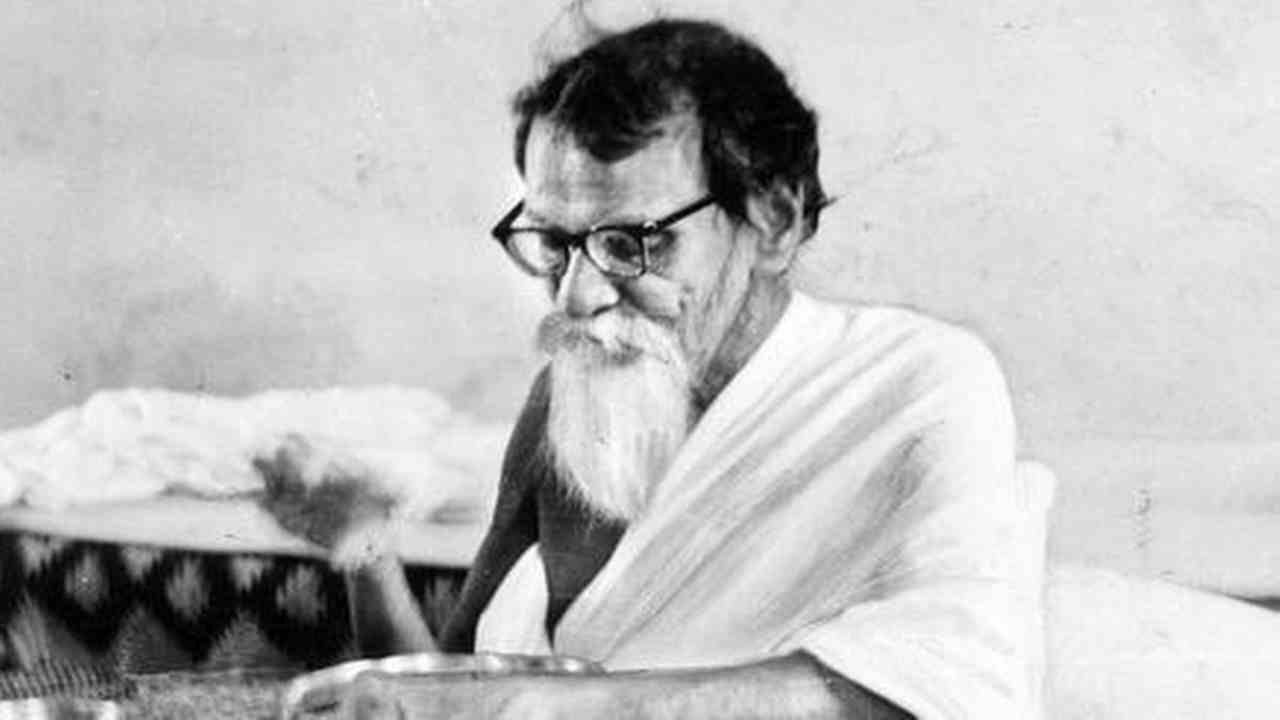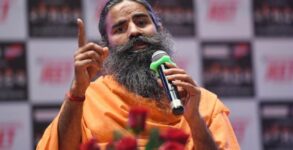Vinayak Narahari “Vinoba” Bhave, also known as Acharya, is widely considered the spiritual successor of Mahatma Gandhi. An advocate of non-violence and human rights, Bhave is best known for starting the “Bhoodan” (gift of land) movement in India.
On his 39th death anniversary, let us take a look at his contributions to the country.
Vinoba Bhave was born to a Maharashtrian family in a village called Gagode (in present-day Raigad) on 11 September 1895.
A Disciple of Gandhi
In his youth, Bhave read about a speech given by Gandhi and was so inspired that he decided to give up his studies and join the Mahatma. in 1916, at the age of 20 years, he went on to live in Gandhi’s ashram in Gujarat, and took up teaching and spinning there. A cottage in the Sabarmati Ashram is named ‘Vinoba Kutir’ after him.
In 1921, on Gandhi’s advice, Bhave took charge of an ashram at Wardha in Maharashtra. He took an active part in the freedom struggle against British Rule in India. His non-violent resistance landed him in jail several times in 1920s and 1930s.
Little known erstwhile, Bhave rose to prominence in 1940, when Gandhi chose him as the first individual Satyagrahi.
Scholar, Author and Translator
Bhave knew several languages, including Marathi, Hindi, English, Urdu, Gujarati and Sanskrit. He used his knowledge to translate many texts from Sanskrit to Marathi, and make them accessible to the common person.
One of his most celebrated translations is that of the Bhagavad Gita. Bhave was inspired by Gita since his childhood, and translated it to Marathi on the wish of his mother. The translation, Gitai, inspired Bhave’s disciple Kamalnayan Bajaj to build Gitai Mandir.
The temple, later inaugurated by Bhave himself, contains the 18 chapters of Gitai engraved on 18 different stone slabs. Each of these slabs is brought from a different part of the country, and together they signify national unity and integration.
Recognition and Demise
His work for the welfare of the people was recognised all over the world. He was featured on the cover of Time Magazine in 1953. The first recipient of the Magsaysay Award for Community Leadership, Bhave was awarded the Bharat Ratna, posthumously, in 1983.
Bhave returned to Brahma Vidya Mandir in 1970 and spent the last 12 years of his life there. He died on 15 November 1982, after accepting “samadhi maran” and refusing food and water for days. Bhave decided to “leave his body before his body left him.”

















